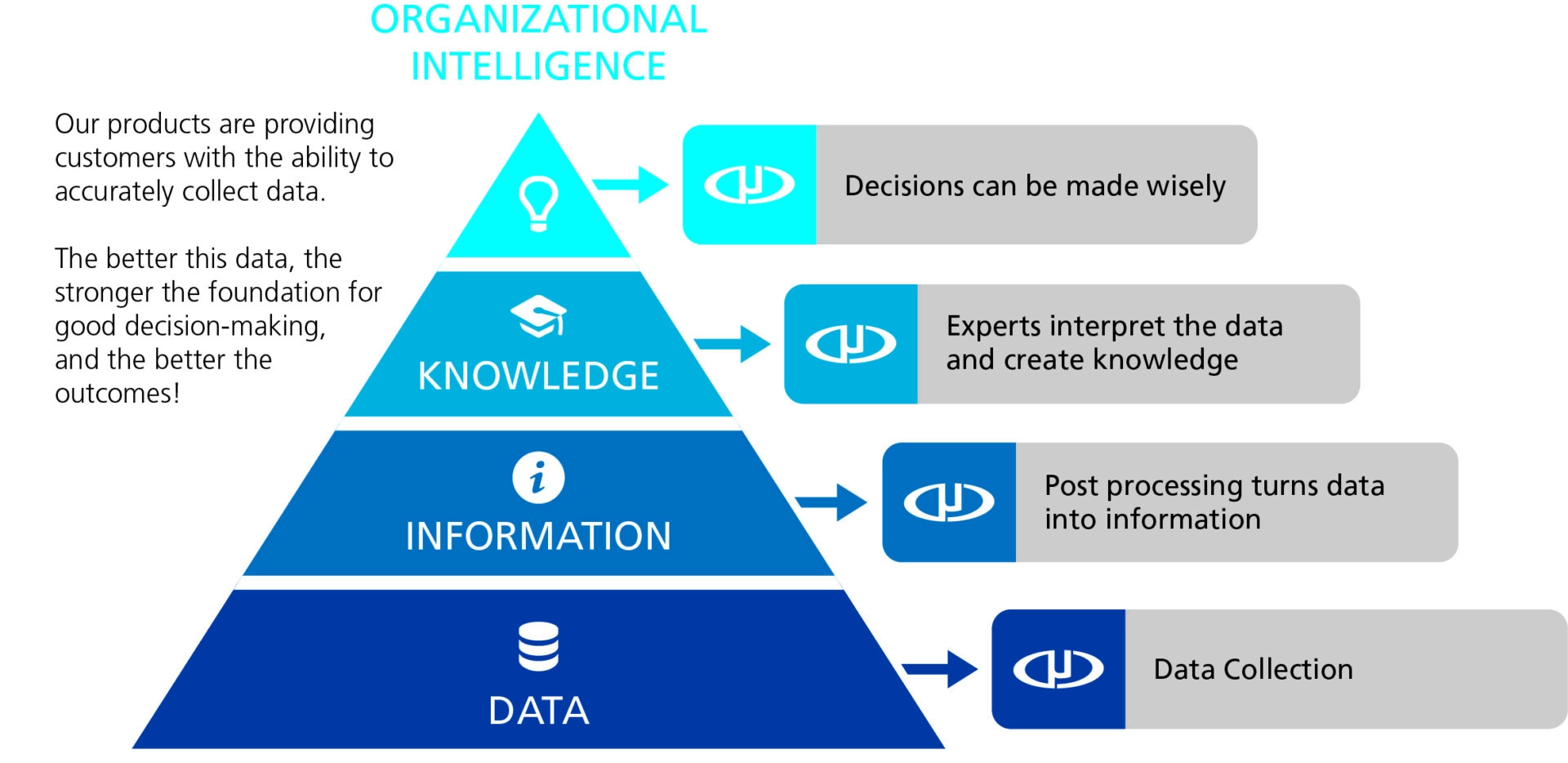UAV-ERSITY RESEARCH: THE SOARING RISE OF UAV’S AND UNIVERSITY RESEARCH
ENABLING DISCOVERY
Out in the field, at laboratories, and in classrooms across the world, public and private researchers are examining everything from the food we eat, to the impact of tropical storms. What starts as a hunch or small anomaly, can end up as a regional crop forecast, a multi-million-dollar building, or even a radiation measurement. These outcomes aren’t uncommon, but they do hinge upon a critical fulcrum—tools.
Researchers know that ideas that cannot be tested or verified have a very short shelf life in the world of hard science. The burden of proof is always on the researcher, and more than one study has faltered because of inaccurate or unavailable data. That’s what makes the introduction of new tools such an exciting development. These cutting-edge gadgets provide access to previously inaccessible or unfeasible information, enabling important innovation. After all, Batman is only as good as the tools stowed in his BatBelt.
One of the most revolutionary new tools in the research field is the Unmanned Aerial Vehicle (UAV). Via their advanced onboard computer systems, UAVs are remotely piloted by human operators. And today’s Unmanned Aerial Systems (UAS) have evolved to carry an array of advanced technology and engineering solutions, such as cameras, heat sensors, and geospatial mapping technology.
THE NEXT WAVE IN AVIATION
The progression of UAVs has been nothing short of tremendous, and the world will soon be employing them in completely unforeseen ways. According to the FAA, as of early March 2017, more than 750,000 people had registered a drone in the United States. No doubt, UAV hobbyists make up a large number of these registrations; however, opportunities abound for researchers that develop new and practical ways to employ drones for professional data collection applications. And it’s not too late to get familiar with this new technology and effectively leverage it in private or academic research.
For first-time pilots who want to grow more familiar with UAVs, there are a variety of professional certifications and courses available. From large colleges like The University of Maine at Augusta, to forward thinking community colleges like Mohawk Valley Community College in Rome, NY, campuses across the US are now offering university-level unmanned aerial vehicle programs. The unlimited potential of UAVs makes them a powerful tool for a variety of different applications, and this is particularly true for the research community. Because these college-tier courses can provide subject matter expertise and increase the effectiveness of drones for scientific studies, obtaining education or certification in drone technology can be exceedingly valuable for university researchers.
A FLYING SWISS ARMY KNIFE
Before UAVs became commonplace, the only viable alternatives for examining certain terrain were much slower, cost prohibitive, or perhaps even hazardous or impossible. But modern UAVs are able to collect large amounts of data in a relatively short amount of time. Today, a single pair of researchers with a commercial grade drone can effectively cover vast tracts of land in just a few hours, amassing essential data that was previously too arduous or time consuming to collect.
Drones are also used in situations where it may be too dangerous or risky to send humans, allowing scientists to explore areas and phenomenon previously impractical to examine. In addition, drones can be deployed quickly—this means when something of import occurs, scientists can count on a drone to record the situation at a moment’s notice.
DEFINE THE PROBLEM, THEN CONSIDER THE SOLUTIONS.
Mike Hogan is Microdrones’ Sales Director for the Americas. His unique expertise lies in helping clients be more successful at attaining their overall data collection goals. His approach is to take a prospect interested in using drones for academic research through a basic needs analysis to determine the best solution for their project.
“Before digging into the specific features and technologies it’s critical to understand:
- what the researcher’s goal is,
- what data they are trying to collect, and
- how they are going to apply it.
When I understand these things, I can show the value and fit of using a highly accurate UAV for a prospect’s intended application. That’s a steep challenge if you don’t approach it the right way.”
A GOOD RESEARCHER ASKS MANY QUESTIONS… SO SHOULD THEIR UAV PROVIDER
Fully comprehending the prospect’s objectives is critical. The simplest way to ascertain this information is through thorough questioning. Understanding the desired outcome and challenges allows Mike’s team to act as research partners, and provide solutions that apply directly to a specific situation. Therefore, Hogan and his team begin these conversations by simply asking, “What are you trying to do?”
IT’S ABOUT PROBLEM SOLVING
“We’re as much in the solutions business as we are the drone business,” explains Hogan, adding “As a UAV company, prospects come to us with their greatest challenges and loftiest ambitions. Our job is to find solutions to overcome and achieve them, whether that’s through existing or entirely new technology… and the projects and research being done in the academic and research environment is some of the most interesting work out there.”
Hogan finds that by employing the DIKO pyramid, he can better evaluate Microdrones products for the prospect’s enrichment. The DIKO pyramid demonstrates how Data, Information and Knowledge are the building blocks of Organizational Intelligence:
 THE FOUNDATION OF GOOD RESEARCH IS GOOD DATA COLLECTION.
THE FOUNDATION OF GOOD RESEARCH IS GOOD DATA COLLECTION.
You may ask “What does this pyramid have to do with using a drone?” The DIKO pyramid was established to reveal the value and importance of good data collection for superior organizational intelligence. The lower level and foundation of the DIKO pyramid is data. Good data can be processed in to information that can be interpreted to create knowledge for better decision making, leading to optimal outcomes. But good data relies on good data collection methods. A top-quality, purpose-built UAV provides researchers the ability to collect data with an extremely high level of accuracy.
RESEARCH GRADE TECHNOLOGY
UAVs come in all shapes and sizes. To get the most accurate results and longest possible aircraft life, researchers at universities worldwide have trusted Microdrones UAVs. Our cutting-edge technology and engineering-focused background ensures extremely accurate data collection. And all three of our commercial-grade drones can be fitted with a variety of sensors and equipment to fit any project’s specific needs.
Microdrones’ flexible technology is already being used by universities and colleges around the world to further expand their research capabilities. Learn more about how Microdrones aircraft can help your next research project.
Read more at microdrones.com









